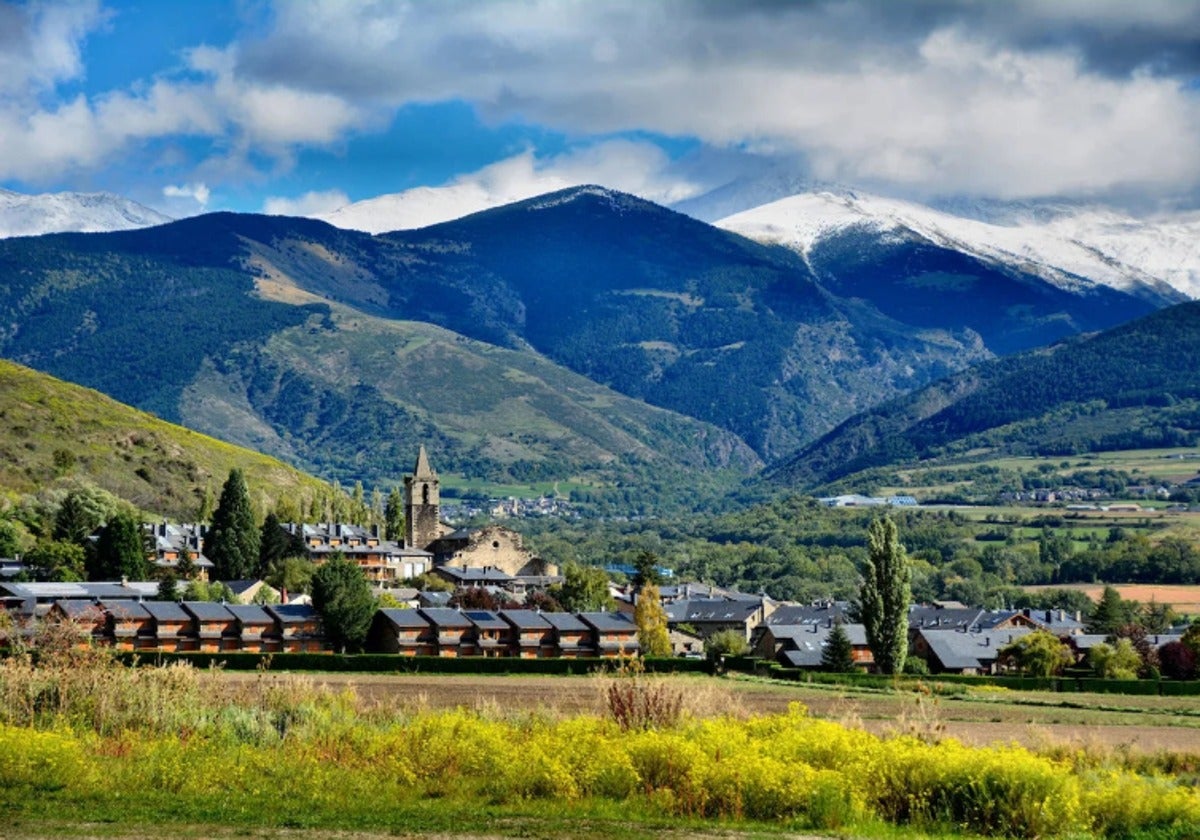Monday, 23 June 2025, 18:04
Spain and France share some 656 kilometres of border along the Pyrenees, which separate the two countries and define part of their history. But beyond this natural line, there is a small village that not everyone knows about: a Spanish municipality completely surrounded by French territory.
We learn about Llívia (part of Catalonia) thanks to young tiktoker @romansocias, who uses his profile to share the curiosities of each Spanish province during his trips there. Although located in the Spanish province of Girona, Llívia borders with no other Spanish village, town or city, only with France.
Why is Llívia surrounded by France?
Llívia belongs to the La Cerdanya district. It has just over 1,400 inhabitants. It is located in a small valley surrounded by mountains, at an altitude of over 1,200 metres, and is connected to the rest of Spain only by a narrow shared-use road.
The reason it belongs to Spain dates back to the Treaty of the Pyrenees (1659), which was signed to put an end to the more than two-decade-long hostilities between the Iberian country and France. Through the agreement, several villages in Cerdanya were ceded to France. However, Llívia was not included, because it had the status of a villa, which was established in the Treaty of Llívia (1660). Since then, it has been a legally Spanish village, although isolated from the rest of the country.
Anecdotally, the location of the border has for years generated ridiculous tensions, such as the well-known ‘war of the stop signs’, in which the locals tore up French signs to demand priority on the road. Beyond these occasional tensions, Llívia participates in numerous cross-border cooperation projects with neighbouring municipalities in France.
What to see in Llívia?
In addition to its history, Llívia stands out for its heritage. There, you can visit the ruins of a medieval castle and one of the oldest pharmacies in Europe – the Esteve Pharmacy, now a museum. Llívia is also marked by its beautiful landscape, with trails and mountain routes that invite you to take a stroll and disconnect.
In addition, all the houses in the village are built of stone, which gives it a cosy appearance, very typical of mountain architecture. Narrow streets, gabled roofs and wooden balconies complete an ideal landscape for those seeking peace and quiet.
